Kenya is the world’s third largest producer of tea, surpassed by China and India; but, on the other hand, it is the country that exports the most tea from all over the world. It mainly exports to most Arab countries and to some European countries such as England. The main region where they produce this tea in Kenya is Kericho, one of the local experiences to live if you travel in this country.
Kericho is a region located at an altitude of about 2.000 meters, in western Kenya. Located between Nakuru and Lake Victoria, this area is characterized by a warm, humid tropical climate, with abundant rainfall. This time is very suitable for growing tea, as it needs water and at the same time hot temperatures. With a population of around 200.000, most people live and work for tea.
If you are traveling in western Kenya, Kericho is a must stop. It is a place little visited by tourists, but where the local people will be happy to show you the different tea plantations and tell you many curiosities about this perennial tree, whose leaves we drink in a cup while we are at home or at a terrace of a bar in our city.
We were lucky enough to visit two companies who explained the whole process to us, from planting the tree to exporting the tea outside. If you want to know how tea leaves are processed, you can click here where we explain you step by step all the process with photos of the places we visited.
How to get there?
Kericho is a city that can be easily reached by public transport. It is located about 40 kilometers west of the main road from Nairobi to the Ugandan border via Nakuru and Eldoret.
We left Nakuru and the problem with this main road is that it is full of trucks. In addition, it is a steep road that makes you have to overtake many times and is therefore a very busy road.
Once you reach Mau Summit, then you will take the B1 road to Kericho. They are about 45 kilometers on a much less busy road and where you will already start to see the first tea plantations. It takes approximately 45 minutes from the Mau Summit junction of the main road to Kericho.
By public transport, there are several options to get there, either from Nakuru or Nairobi.
The B1 road, once past Kericho, continues to Kisumu. If you are coming from the south, you will have to reach the B1 road and then drive to Kericho. This road is the one that crosses the whole city.
What to do in Kericho?
The Kericho region revolves around tea. Throughout the roads before and after the city, you will see full of fields with tea plantations and people on the road trying to sell the tea they process to a factory in the area. Therefore, the activities we propose are:
– Walk through the tea plantations
If you like walking in nature, green is one of your favorite colors and you like photography, this activity is ideal for you. Tea plantations are usually up to a meter and a half high, so you can see a whole horizon of tea between the steep mountains of the Kericho area.
So, disconnect by walking through nature while taking different photos of the tea plantations. Consider wearing a raincoat in case the rain and some good shoes, as the ground is often muddy.
As you walk, you will notice different varieties of tea, different leaf sizes, different colors, and quite a few people who are working on collecting the leaves. We, while staying at the Chesumot Tea, were able to enjoy an excursion around the 404 hectareas of tea they have.
– Visit a tea processed company
If you are a curious person, you will surely be interested to know how the tea leaves of the plantations become powder packed in the different bags we know. Therefore, we recommend that you ask about the city if anyone can accompany you or has any contact to see the tea factory. We, while having lunch at a gas station, met Geoffrey who passed on a contact to visit the Kaisugu Tea Factory, one of the main tea factories in the country. If you want to contact him, you can call him on 00254722646756.
Visiting a factory is an experience we really enjoyed because you see the whole tea process, you realize the amount of work behind it in order to be able to drink the tea bags we know, and you observe how it works one of the main drivers of the region’s economy.
– Buy and drink local tea
Much of the tea they make in Kericho and export abroad is used by other companies to pack it in small bags under their private label. So many times if you are in some Arab country, you will surely be drinking Kenyan tea without knowing it.
Therefore, if you travel to Kericho, buy local tea to take away as a gift when you return to your country and be able to drink a high quality black tea. You will be helping small-scale producers in the area, and you will be able to explain and show, once you get home, the photographs of the different tea plantations that you will have been lucky enough to enjoy.
If unfortunately you don’t have time to visit Kericho and its tea plantations, don’t worry. Packaged and processed tea from this area is sold in Kenya’s major supermarkets. So buy some souvenir tea bags to take home.
Where to sleep?
Kericho has many accommodation options and major services such as petrol stations, shopping malls and supermarkets. Among the sleeping options, we highlight:
– Chesumot Tea Plantation: This tea plantation has 400 hectares of land. It is located on the outskirts of the city, and has a large green landscape full of different tea fields. Within this plantation, there is a water dam and different paths to travel. They offer two types of accommodation: camping next to the water dam for about 1000 KSH per person. They also have a guest house with rooms around 4000KSH. You can also do different complementary activities such as horseback riding or a quad bike ride. If you wish to book, you can contact the owner, Kim, directly at +254722741879. One of the best options to stay if you want to see tea plantations in Kericho.
– The Crown Place: Located in the city center, it offers different rooms and the possibility of meals. Prices are around 30 USD for a double room per night.
– Rays Place: Also located in the middle of a tea plantation, it also has rooms and a garden where you can camp. The prices of the campsite are 1.000 KSH per person.
Our route
DAY 1: That day we left Lake Nakuru National Park after doing a game drive during the first hours of sunshine. After traversing a road full of trucks, we arrived around Kericho around noon. We took advantage of the fact that we had a problem with the clutch of our car to stop with a mechanic from the Toyota dealership and once the incident was resolved, we went straight to the Chesumot Tea Plantation, where we enjoyed an excellent sunset next to the tea plantations and the small dam they have to get the water.
DAY 2: In the morning, we stayed with Nelson, one of the managers of the plantation, who took us on a tour of some of the company’s plantations, where we could see the different varieties of tea, as they collected it manually and with machinery and we were able to enjoy an excellent field trip. Then we went to Kaisugu Tea where, very kindly and despite constantly receiving a thousand business phone calls, Leonard taught us and explained in detail the whole process of tea. Now that we had an idea of how they processed all the tea, it was time to relax with a cup of black tea and continue to enjoy a walk (after a break from the daily rain) at dusk through the Chesumot Tea, with slides muddy included.
DAY 3: In the morning, we got up early while the workers were already harvesting the tea leaves. After a good breakfast with spectacular views of the Chesumot Tea plantations, we said goodbye to Kericho. We had a long drive to the Masai Mara, but we left happy to have learned so much about one of our favorite drinks.

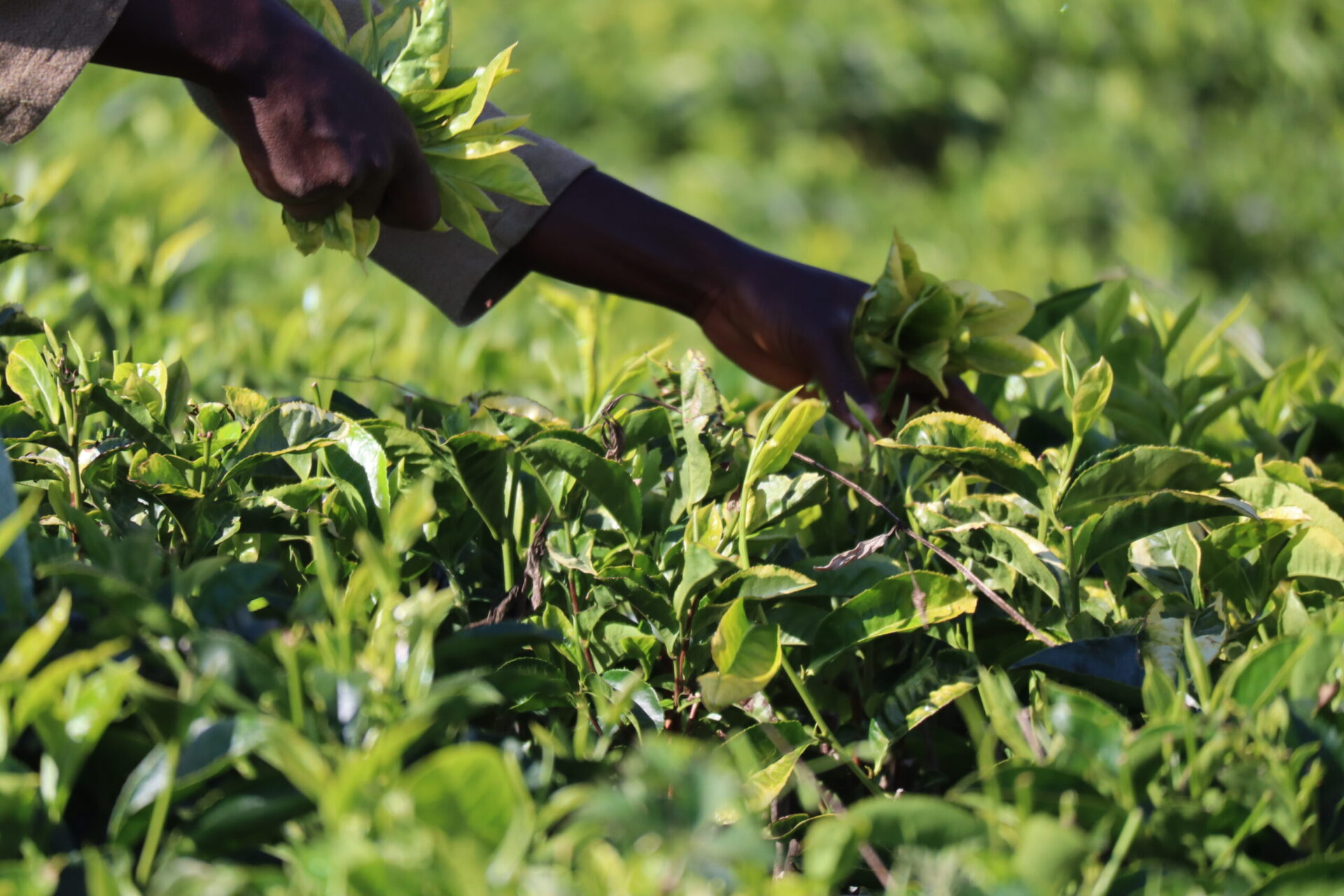

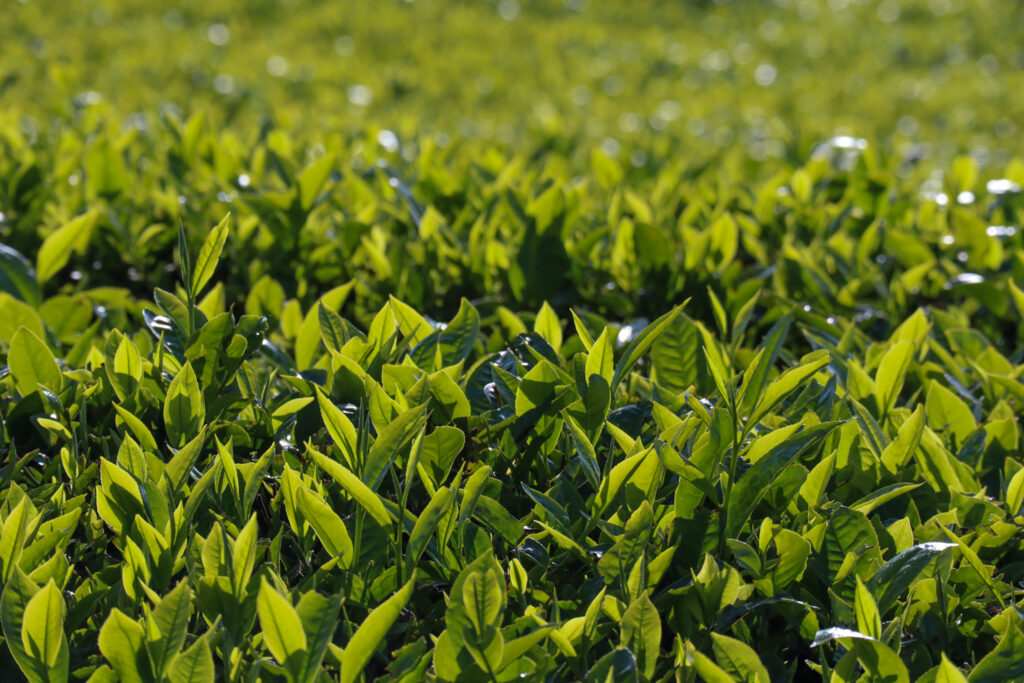

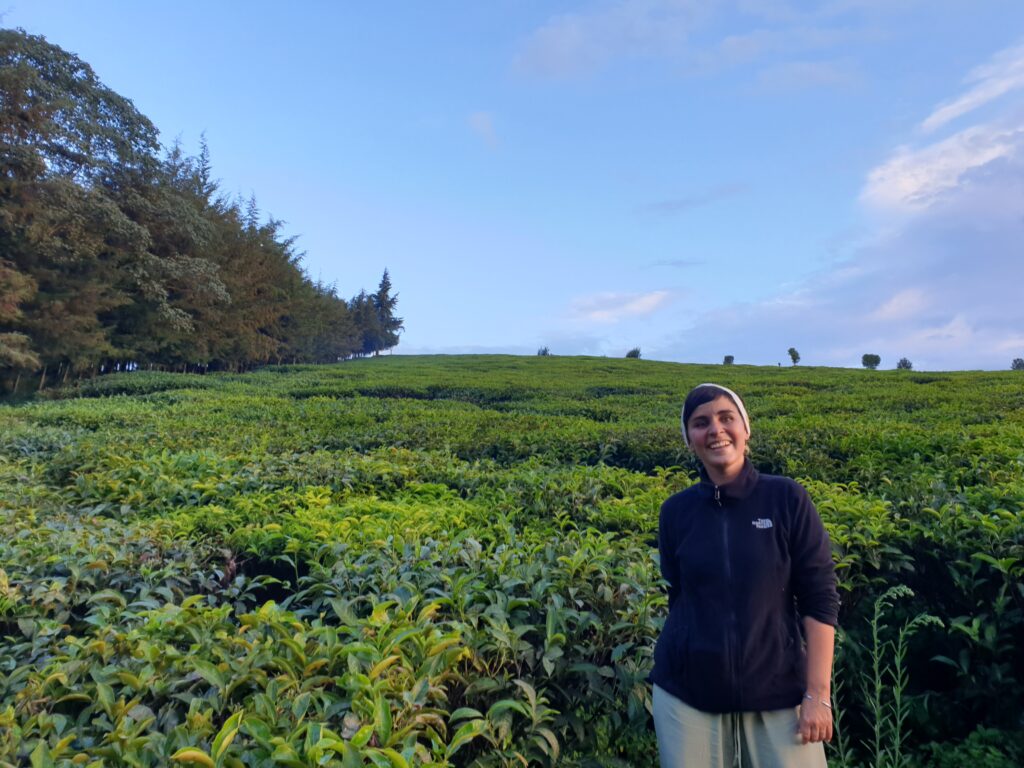

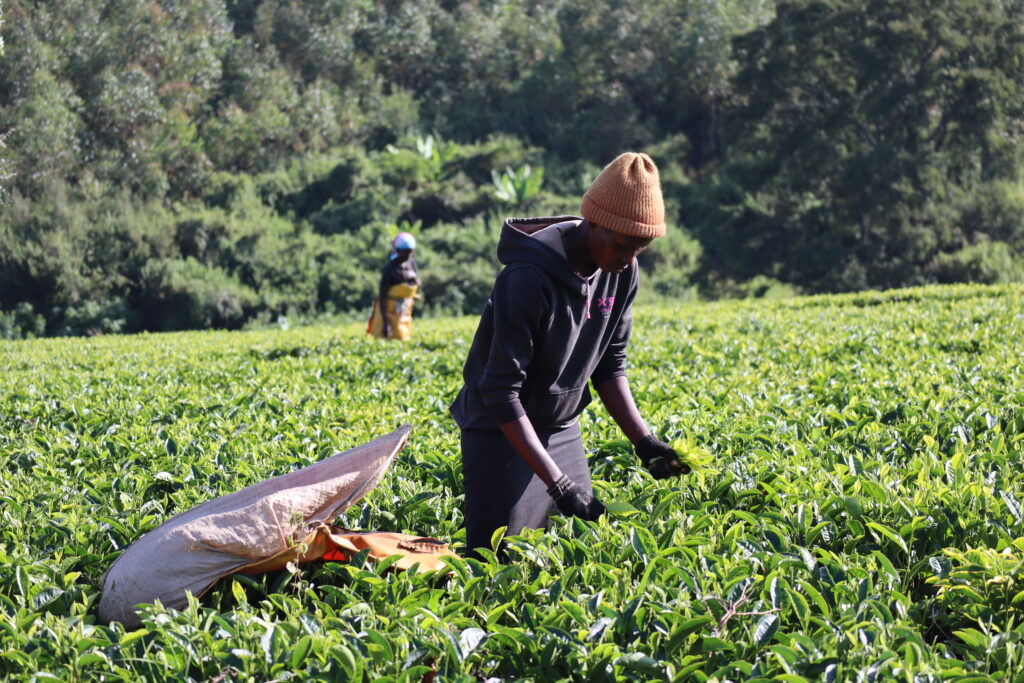
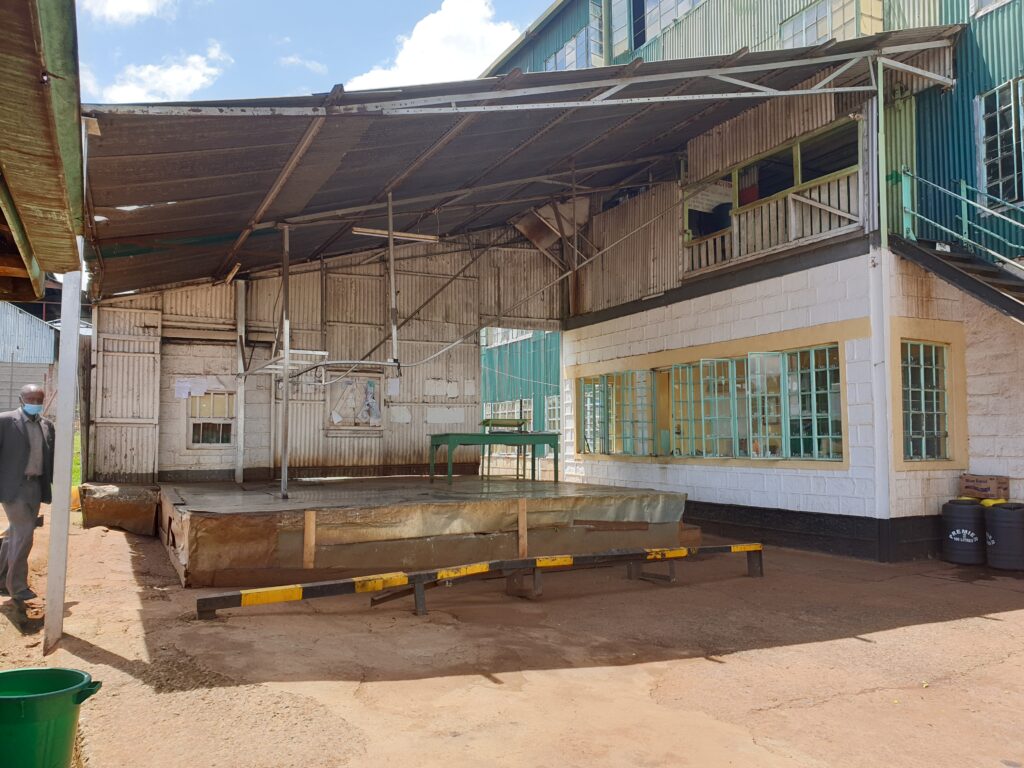

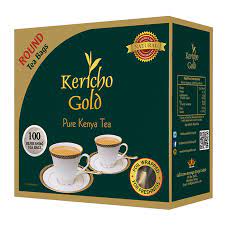


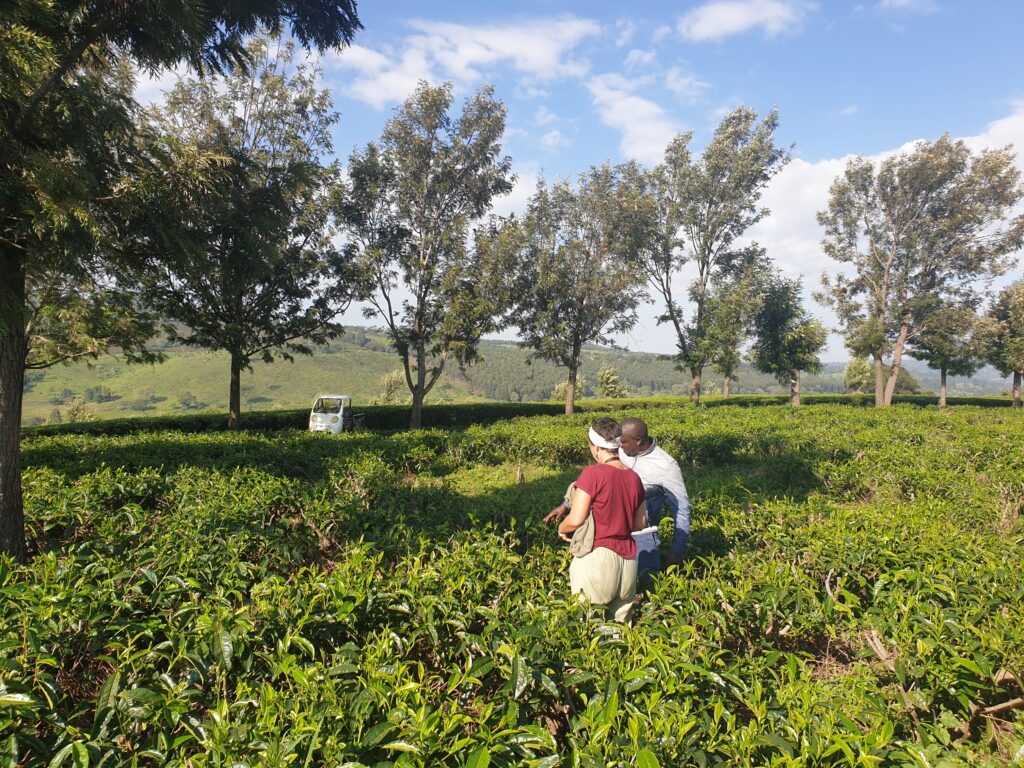
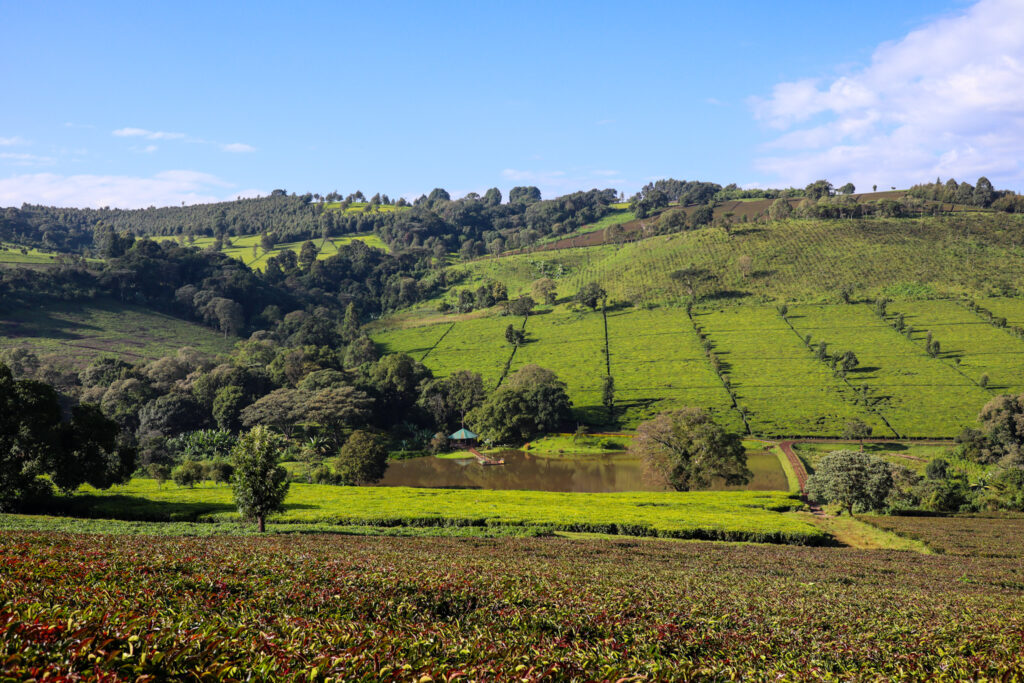

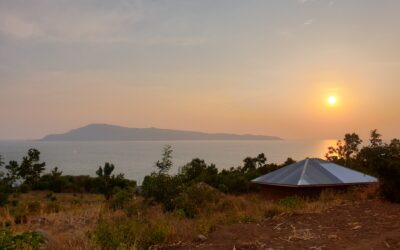



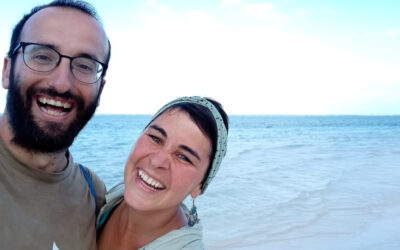
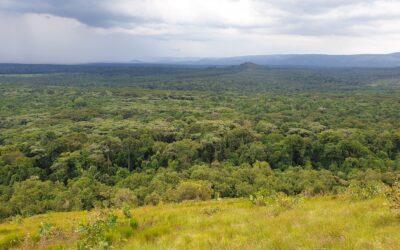
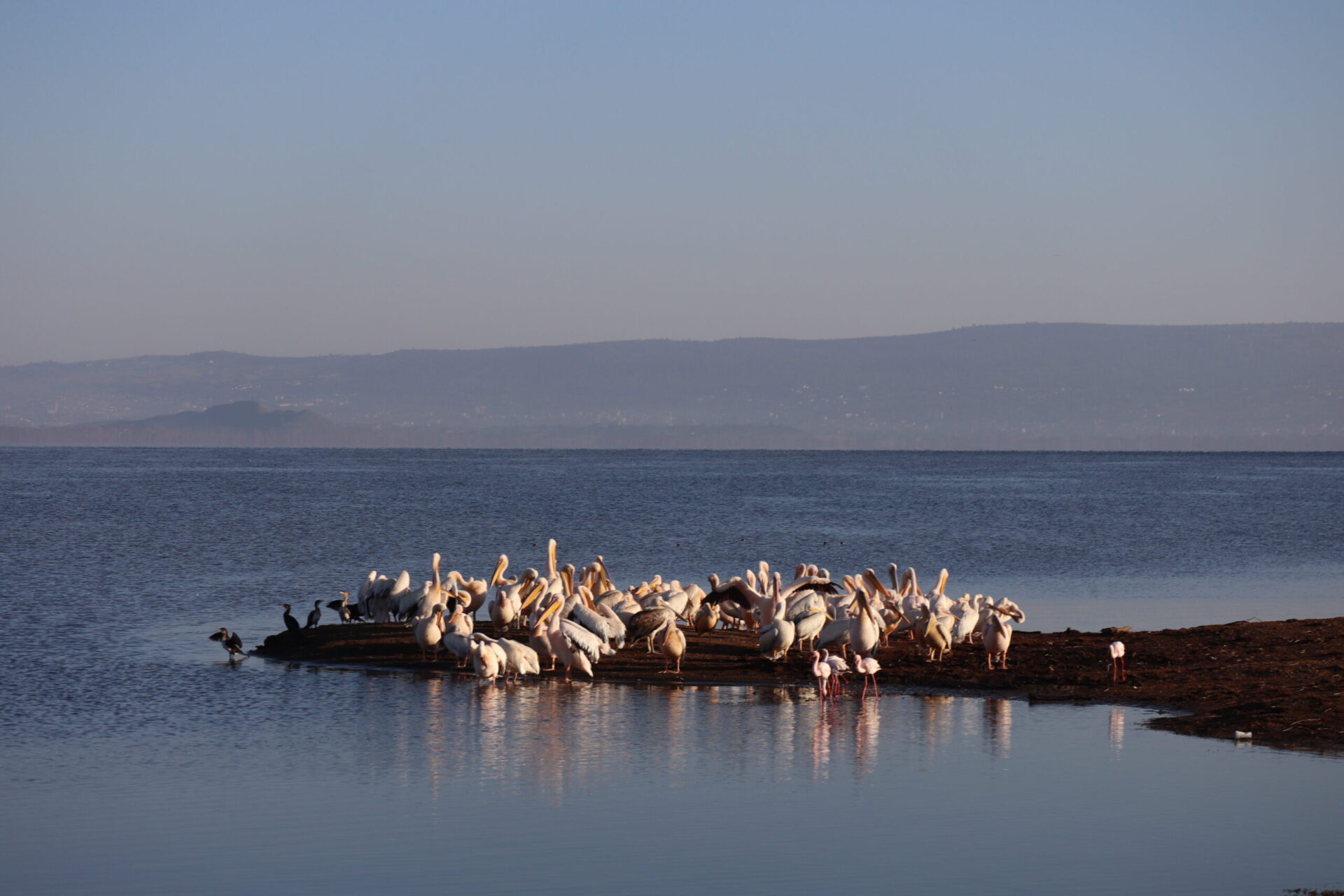

0 Comments